Investigation of Kenaf Paper in the Presence of PVA for Transformers Application
Abstract
:1. Introduction
2. Preparation of Kenaf Paper
2.1. Pulping Process
2.2. Freeness of Pulp
2.3. Classification of Kenaf Fibers
2.4. Beating Process
- C = consistency of pulp (%)
- ODP = oven dry weight of pulp (g)
- WP = weight of pulp (g)
2.5. Chemical Treatment
2.6. Preparation of Handsheets
3. Experimental Setup
3.1. Pre-Processing of Oil and Paper
3.2. AC Breakdown Voltage
3.3. Scanning Electron Microscopy (SEM)
3.4. Apparent Density of Paper
3.5. Mechanical Properties of Paper
4. Results and Discussion
4.1. Kenaf Pulp Properties
4.2. Morphological Analysis of Kenaf Fiber
4.3. Effect of Mechanical and Chemical Treatments on the Structure of Kenaf Fibers
4.4. Physio-Mechnical Properties of Kenaf Paper with PVA
4.5. Mechanical Properties of Kenaf Paper with PVA
4.6. AC Breakdown Voltage of Kenaf Paper without PVA
4.7. AC Breakdown Voltage of Kenaf Paper with PVA
5. Discussion
6. Conclusions
Author Contributions
Funding
Acknowledgments
Conflicts of Interest
References
- Liao, R.; Liang, S.; Sun, C.; Yang, L.; Sun, H. A comparative study of thermal aging of transformer insulation paper impregnated in natural ester and in mineral oil. Eur. Trans. Electr. Power 2009, 20, 454–459. [Google Scholar] [CrossRef]
- Jeszenszky, S. History of transformers. Power engineering review. IEEE Power Engr. Review 1996, 16, 9–12. [Google Scholar] [CrossRef]
- Arsãne, M.-A.; Bilba, K.; Junior, H.S.; Ghavami, K. Treatments of non-wood plant fibres used as reinforcement in composite materials. Mater. Res. 2013, 16, 903–923. [Google Scholar] [CrossRef]
- Ashori, A. Nonwood fibers-A potential source of raw material in papermaking. Polym. Technol. Eng. 2006, 45, 1133–1136. [Google Scholar] [CrossRef]
- Clark, T.F.; Nieschlag, H.J.; Wolf, I.A. A search for new fibre crops, Part V. Pulping studies on Kenaf. TAPPI J. 1962, 45, 780–786. [Google Scholar]
- Khristova, P. Soda-AQ pulp blends from kenaf and sunflower stalks. Bioresour. Technol. 1998, 66, 99–103. [Google Scholar] [CrossRef]
- Akgul, M.; Tozluo, A. A comparison of soda and soda-AQ pulps from cotton stalk. Afr. J. Biotechnol. 2009, 8, 6127–6133. [Google Scholar]
- Prevost, T.A.; Oommen, T.V. Cellulose insulation in oil-filled power transformers: Part I-History and development. IEEE Electr. Insul. Mag. 2006, 22, 28–35. [Google Scholar] [CrossRef]
- Madsen, B.; Gamstedt, E.K. Wood versus plant fibers: Similarities and differences in composite applications. Adv. Mater. Sci. Eng. 2013, 2013, 1–14. [Google Scholar] [CrossRef] [Green Version]
- Hurter, R.W. Nonwood plant fiber characteristics. Agric. Residues. 1997, 1, 1–4. [Google Scholar]
- Saha, T.K.; Darveniza, M.; Yao, Z.; Hill, D.; Yeung, G. Investigating the effects of oxidation and thermal degradation on electrical and chemical properties of power transformers insulation. IEEE Trans. Power Deliv. 1999, 14, 1359–1367. [Google Scholar] [CrossRef]
- Shroff, D.; Stannett, A. A review of paper aging in power transformers. IEEE Proc. C Gener. Transm. Distrib. 1985, 132, 312–319. [Google Scholar] [CrossRef]
- Schaible, M. Electrical insulating papers-An overview. IEEE Electr. Insul. Mag. 1987, 3, 8–12. [Google Scholar] [CrossRef]
- Sheppard, H. A century of progress in electrical insulation 1886–1986. IEEE Electr. Insul. Mag. 1986, 2, 20–30. [Google Scholar] [CrossRef]
- Kaldor, A.F.; Karlgren, C.; Verwest, H. Kenaf, a fast growing fibre source for papermaking. TAPPI J. 1990, 72, 205–209. [Google Scholar]
- Edeerozey, A.M.; Akil, H.M.; Azhar, A.; Ariffin, M.Z. Chemical modification of kenaf fibers. Mater. Lett. 2007, 61, 2023–2025. [Google Scholar] [CrossRef]
- Mazuki, A.A.M.; Akil, H.M.; Safiee, S.; Ishak, Z.A.M.; Abu Bakar, A. Degradation of dynamic mechanical properties of pultruded kenaf fiber reinforced composites after immersion in various solutions. Compos. Part. B Eng. 2011, 42, 71–76. [Google Scholar] [CrossRef]
- Cho, N. Hanji manufacturing from bast fibers of Kenaf, Hibiscus cannabinus. J. Korea TAPPI. 2008, 40, 1–9. [Google Scholar]
- Halis, R. Optimization of Kraft and BioKraft pulping for Kenaf V36. Ph.D. Thesis, Universiti Putra Malaysia, Serdang, Selangor, Malaysia, 2011. [Google Scholar]
- Afra, E.; Yousefi, H.; Hadilam, M.M.; Nishino, T. Comparative effect of mechanical beating and nanofibrillation of cellulose on paper properties made from bagasse and softwood pulps. Carbohydr. Polym. 2013, 97, 725–730. [Google Scholar] [CrossRef]
- Hernandez, H.R.; Greif, D.S. Process for the Production of Paper Containing Starch Fibers and the Paper Produced Thereby. U.S. Patent 4,243,480, 6 January 1981. [Google Scholar]
- Biermann, C.J. Handbook of Pulping and Papermaking; Elsevier: Amsterdam, The Netherlands, 1996. [Google Scholar]
- Yousif, B.F.; Shalwan, A.; Chin, C.W.; Ming, K.C. Flexural properties of treated and untreated kenaf/epoxy composites. Mater. Des. 2012, 40, 378–385. [Google Scholar] [CrossRef]
- Masrol, S.; Ibrahim, M.H.I.; Adnan, S.; Shah, M.S.S.A.; Main, N.M.; Esa, M.; Othman, M. Effect of beating process to soda anthraquinone pulp of oil palm male flower spikes fibre. Appl. Mech. Mater. 2015, 773, 158–162. [Google Scholar] [CrossRef] [Green Version]
- Bajpai, P. Brief description of the pulp and papermaking process. In Biotechnology for Pulp and Paper Processing; Springer Science and Business Media LLC: Berlin, Germany, 2018; pp. 9–26. [Google Scholar]
- Gill, R.I.S. Developments in retention aid technology. Paper Technol. 1991, 6–11. [Google Scholar]
- Solikha, D.F. Analysis qualitative addition of additives substance to paper making process in paper machine. J. Green Sci. Technol. 2020, 4. [Google Scholar]
- González, I.; Boufi, S.; Pèlach, M.A.; Alcalà, M.; Vilaseca, F.; Mutjé, P. Nanofibrillated cellulose as paper additive in eucalyptus pulps. Bioresources 2012, 7, 5167–5180. [Google Scholar] [CrossRef] [Green Version]
- Abdulkhani, A.; Marvast, E.H.; Ashori, A.; Hamzeh, Y.; Karimi, A.N. Preparation of cellulose/polyvinyl alcohol biocomposite films using 1-n-butyl-3-methylimidazolium chloride. Int. J. Biol. Macromol. 2013, 62, 379–386. [Google Scholar] [CrossRef] [PubMed]
- Xu, R.; Wang, C.; Wu, S.; Chen, K. Effects of the polymeric additives on the stickies formation in recycled fibers based papermaking process. Nord. Pulp Paper Res. J. 2017, 32, 647–655. [Google Scholar] [CrossRef]
- Hamzeh, Y.; Sabbaghi, S.; Ashori, A.; Abdulkhani, A.; Soltani, F. Improving wet and dry strength properties of recycled old corrugated carton (OCC) pulp using various polymers. Carbohydr. Polym. 2013, 94, 577–583. [Google Scholar] [CrossRef] [PubMed]
- Rojas, O.J.; Neuman, R.D. Adsorption of polysaccharide wet-end additives in papermaking systems. Colloids Surf. A Physicochem. Eng. Asp. 1999, 155, 419–432. [Google Scholar] [CrossRef]
- Umair, M.; Azis, N.; Halis, R.; Jasni, J. Investigation on the Effect of Beating on the Physical and Mechanical Properties of Untreated Kenaf Based Insulation Paper. In Proceedings of the 2018 IEEE 5th International Conference on Smart Instrumentation, Measurement and Application (ICSIMA), Songkla, Thailand, 28–30 November 2018; Institute of Electrical and Electronics Engineers (IEEE): New York, NY, USA, 2018; pp. 1–6. [Google Scholar]
- Freeness of pulp. In TAPPI T 227; The Technical Association of Pulp and Paper Industry: Atlanta, GA, USA, 1999.
- Fiber length of pulp by classification. In TAPPI T 233; The Technical Association of Pulp and Paper Industry: Atlanta, GA, USA, 1998.
- Laboratory beating of pulp. In TAPPI T 248; The Technical Association of Pulp and Paper Industry: Atlanta, GA, USA, 2001.
- Forming Handsheets for Physical Tests of Pulp. In TAPPI T 205; The Technical Association of Pulp and Paper Industry: Atlanta, GA, USA, 2015.
- Insulating liquids-Determination of the breakdown voltage at power frequency-Test method. In IEC 60156; International Electrotechnical Commission: Geneva, Switzerland, 2018.
- Thickness of paper and paperboard. In TAPPI T 411; The Technical Association of Pulp and Paper Industry: Atlanta, GA, USA, 1997.
- Grammage of paper and paperboard. In TAPPI T 410; The Technical Association of Pulp and Paper Industry: Atlanta, GA, USA, 2013.
- Tensile properties of paper and paperboard. In TAPPI T 494; The Technical Association of Pulp and Paper Industry: Atlanta, GA, USA, 2006.
- Bursting strength of paper. In TAPPI T 403; The Technical Association of Pulp and Paper Industry: Atlanta, GA, USA, 1997.
- Internal Tearing Resistance of Paper. In TAPPI T414; The Technical Association of Pulp and Paper Industry: Atlanta, GA, USA, 2012.
- Khakifirooz, A.; Kiaei, M.; Sadegh, A.N.; Samariha, A. Studies on chemical and morphological characterics of Iranian cultuvated Kenaf (Hibiscus cannabinus L.) A potential source of fibrous raw material for paper industry in Iran. Res. Crop. 2012, 13, 715–720. [Google Scholar]
- Umair, M.; Azis, N.; Halis, R.; Jasni, J. Examination on the physical properties of untreated kenaf insulation paper at different beating degrees. Indones. J. Electr. Eng. Comput. Sci. 2020, 17, 759–766. [Google Scholar] [CrossRef]
- Wang, Z.; Pang, L.; Wang, T.; Yang, H.; Zhang, Q.; Li, J. Breakdown characteristics of oil-paper insulation under lightning impulse waveforms with oscillations. IEEE Trans. Dielectr. Electr. Insul. 2015, 22, 2620–2627. [Google Scholar] [CrossRef]
- Grzybowski, S. DC and AC breakdown voltage behavior of high voltage multi-layer encapsulated coils. In Proceedings of the 11th International Symposium on High-Voltage Engineering (ISH 99), London, UK, 23–27 August 1999; Volume 4, p. 308. [Google Scholar] [CrossRef]
- Liu, Y.X. Water accumulation in oil-paper insulation transformer and its influence to life time. Transformer 2004, 41, 8–13. [Google Scholar]
- Joshi, A.; Kumar, S. Variation of dielectric strength of a insulation paper with thermal aging. NDT E Int. 2005, 38, 459–461. [Google Scholar] [CrossRef]
- Werdouschegg, F.M.K. Dry Strength Additives; Reynolds, W.F., Ed.; Tappi Press: Atlanta, GA, USA, 1980; pp. 67–93. [Google Scholar]
- Campbell, W.B. The mechanism of bonding. Tappi J. 1959, 42, 999–1001. [Google Scholar]
- Hubbe, M.A. Bonding between cellulosic fibers in the absence and presence of dry strength agents-A review. BioResources 2006, 1, 281–318. [Google Scholar] [CrossRef]
- Kohman, G.T. Cellulose as an insulating material. Ind. Eng. Chem. 1939, 31, 807–817. [Google Scholar] [CrossRef]
- Wathen, R. Studies on fiber strength and its effect on paper properties. In KCL Communications 11; KCL: Espoo, Finland, 2006; p. 98. [Google Scholar]
- Van den Akker, J.A.; Jentzen, C.A.; Spiegelberg, H.L. Effect on individual fibers of drying under tension. In Consolidation of the Paper Web; Transactions of the 3rd Fundamental Research Symposium: Cambridge, UK, 1965; Volume 1, pp. 477–506. Available online: https://bioresources.cnr.ncsu.edu/resources/effects-on-individual-fibres-of-drying-under-tension/ (accessed on 3 July 2020).
- Nanko, H.; Ohsawa, J. Structure of fiber bond formation. In Fundamentals of Papermaking; Baker, C.F., Punton, V.W., Eds.; Mechanical Engineering Publications Limited: London, UK, 1989; Volume 2, pp. 786–830. Available online: https://bioresources.cnr.ncsu.edu/resources/mechanisms-of-%EF%AC%81bre-bond-formation/ (accessed on 3 July 2020).
- Uesaka, T.; Retulainen, E.; Paavilainen, L.; Mark, R.E.; Keller, D.S. Determination of fiber-fiber bond properties. In Handbook of Physical Testing of Paper; Informa UK Limited: London, UK, 2001; pp. 897–924. [Google Scholar]
- Vainio, A.; Kangas, J.; Paulapuro, H. The role of TMP fines in interfiber bonding and fiber segment activation. J. Pulp Pap. Sci. 2007, 33, 29–34. [Google Scholar]
- Wahlström, T. Influence of Shrinkage and Stretch During Drying on Paper Properties. Licentiate Thesis, Royal Institute of Technology, Department of Pulp and Paper Chemistry and Technology, Division of Paper Technology, Stockholm, Sweden, 1999. [Google Scholar]
- Giese, K. The effects of cellulose insulation quality on electrical intrinsic strength. IEEE Electr. Insul. Mag. 1994, 10, 38–42. [Google Scholar] [CrossRef]
- Nazir, M.T.; Phung, B.T.; Li, S. Erosion resistance of micro-AlN and nano-SiO2 hybrid filled silicone rubber composites. In Proceedings of the 2017 International Symposium on Electrical Insulating Materials (ISEIM), Toyohashi, Japan, 11–15 September 2017; pp. 370–373. [Google Scholar] [CrossRef]


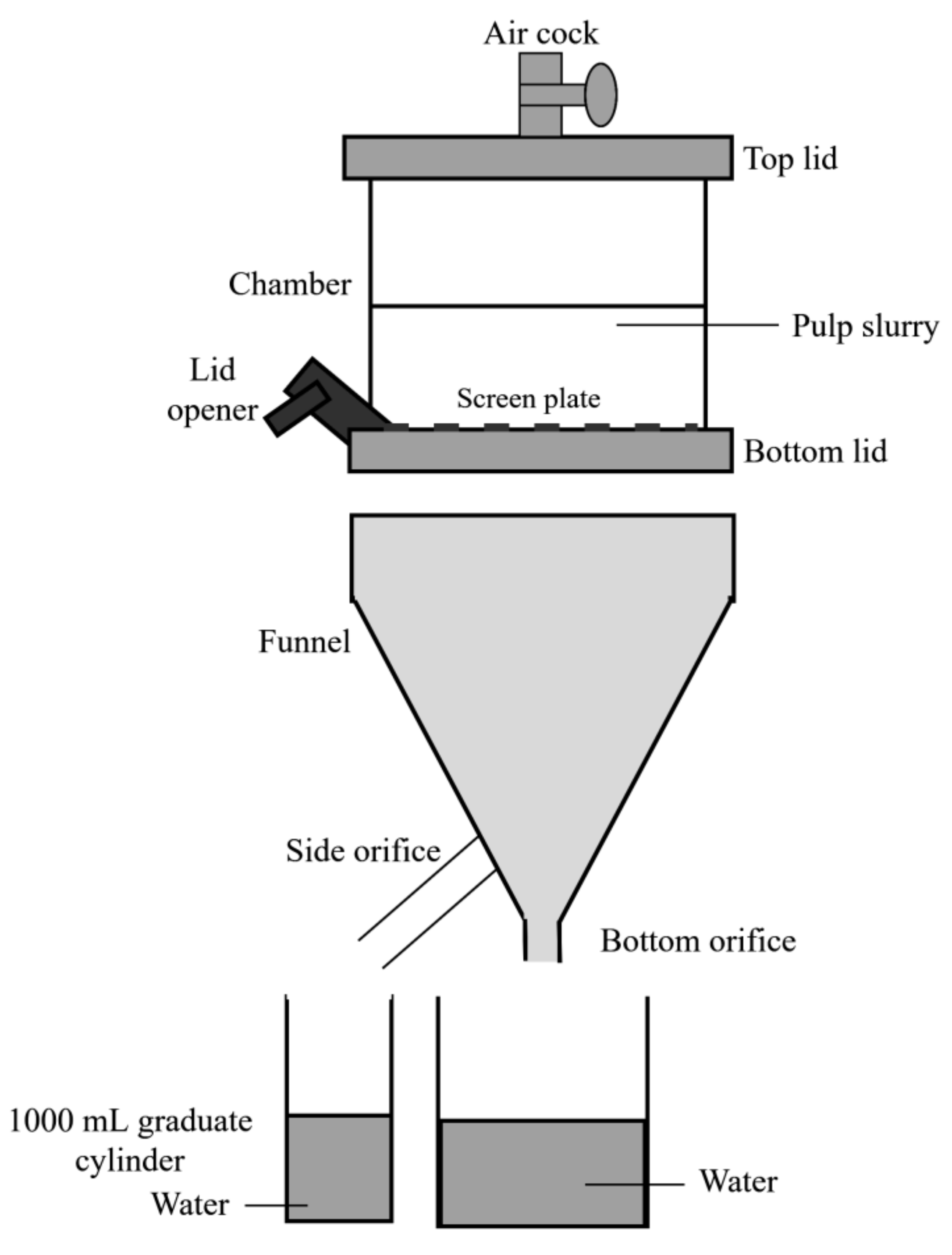
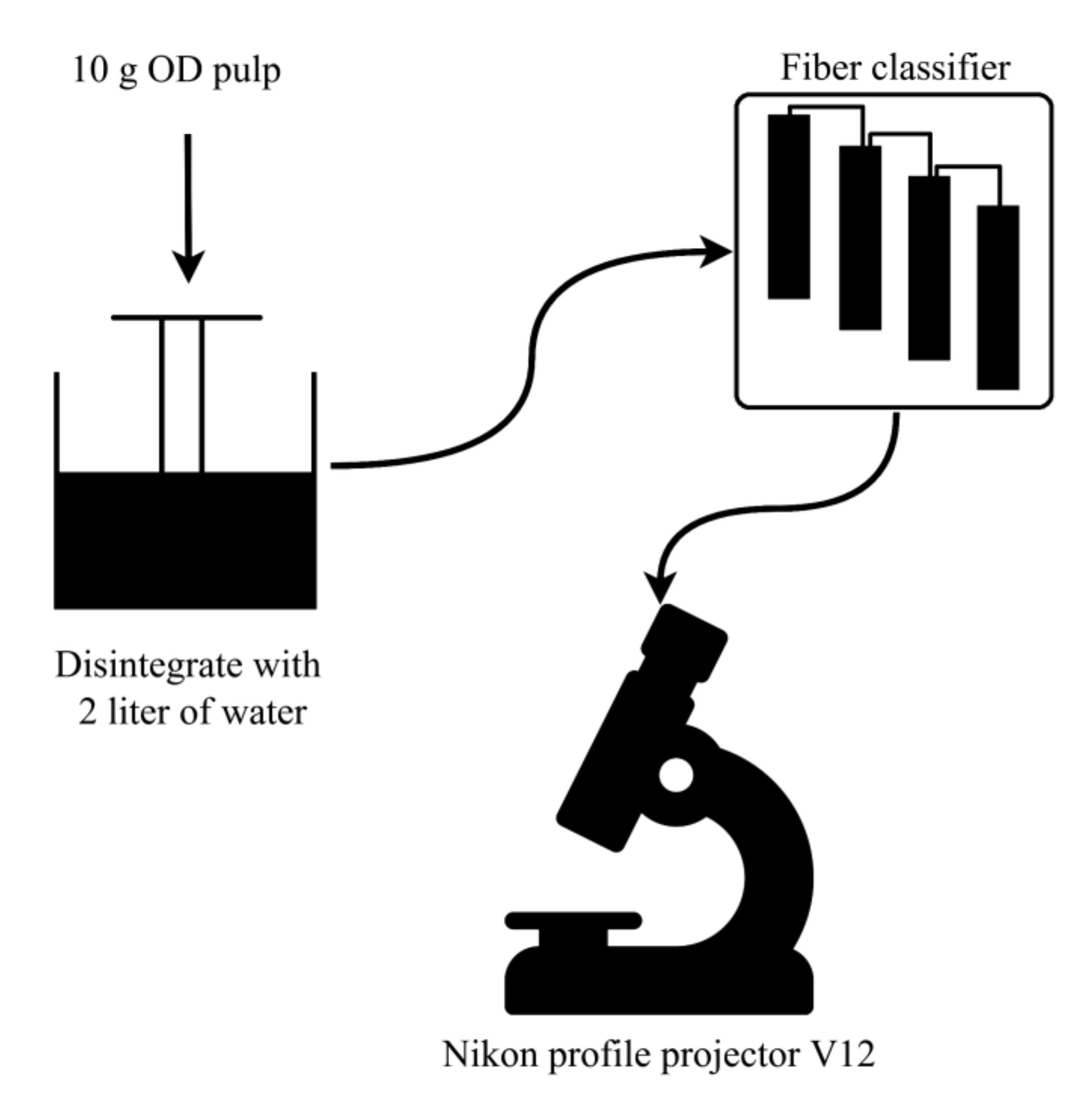
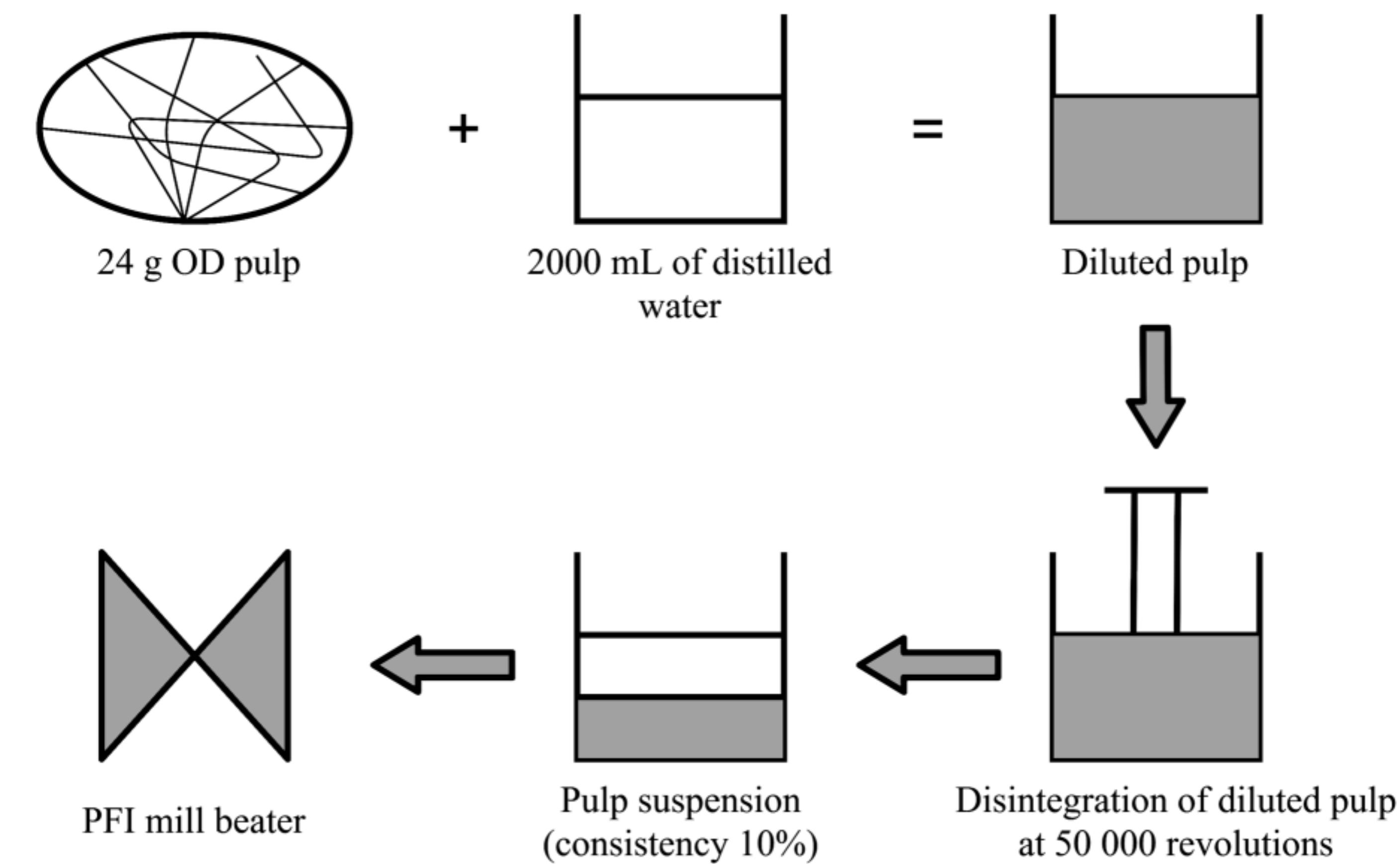
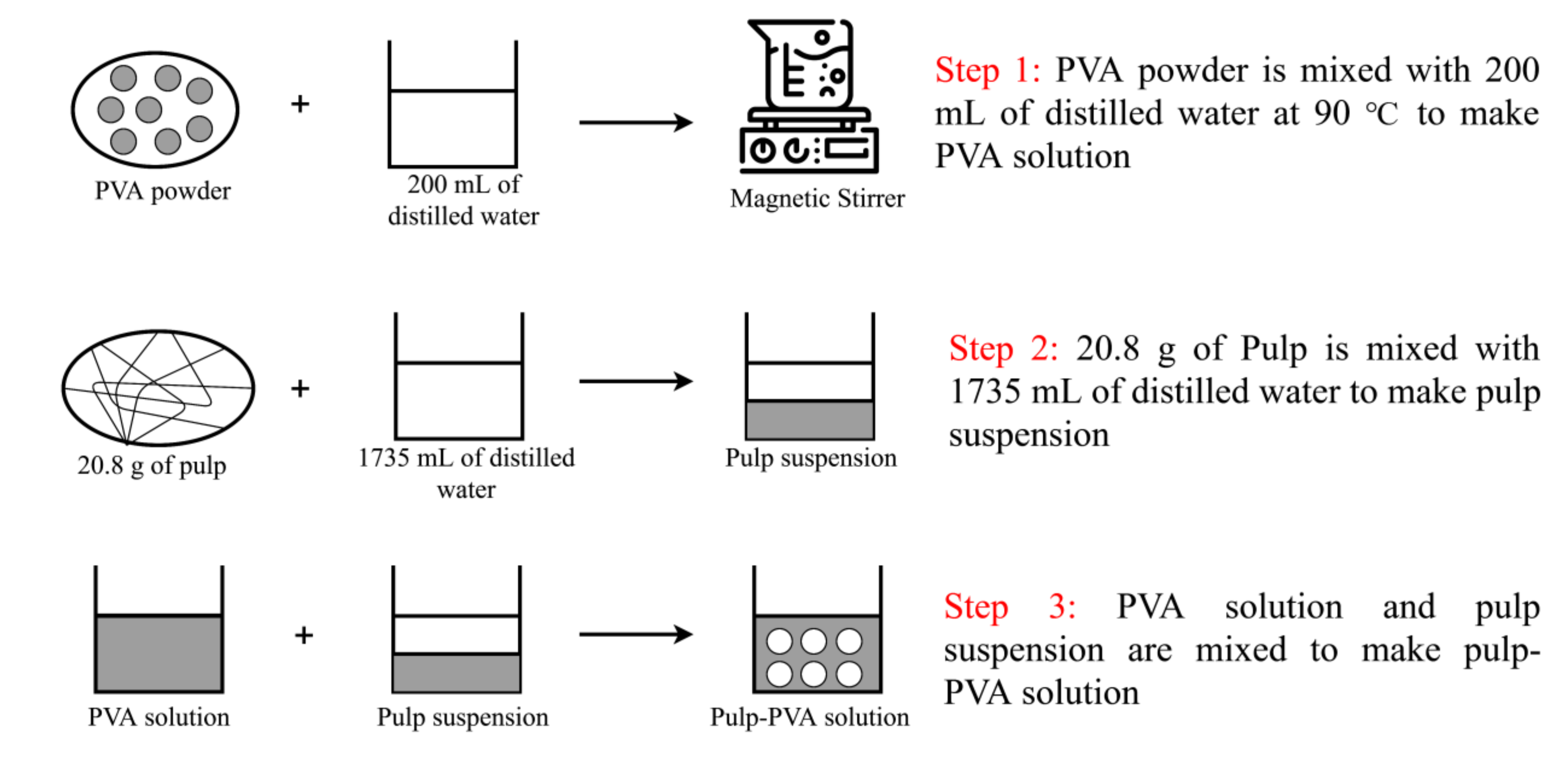
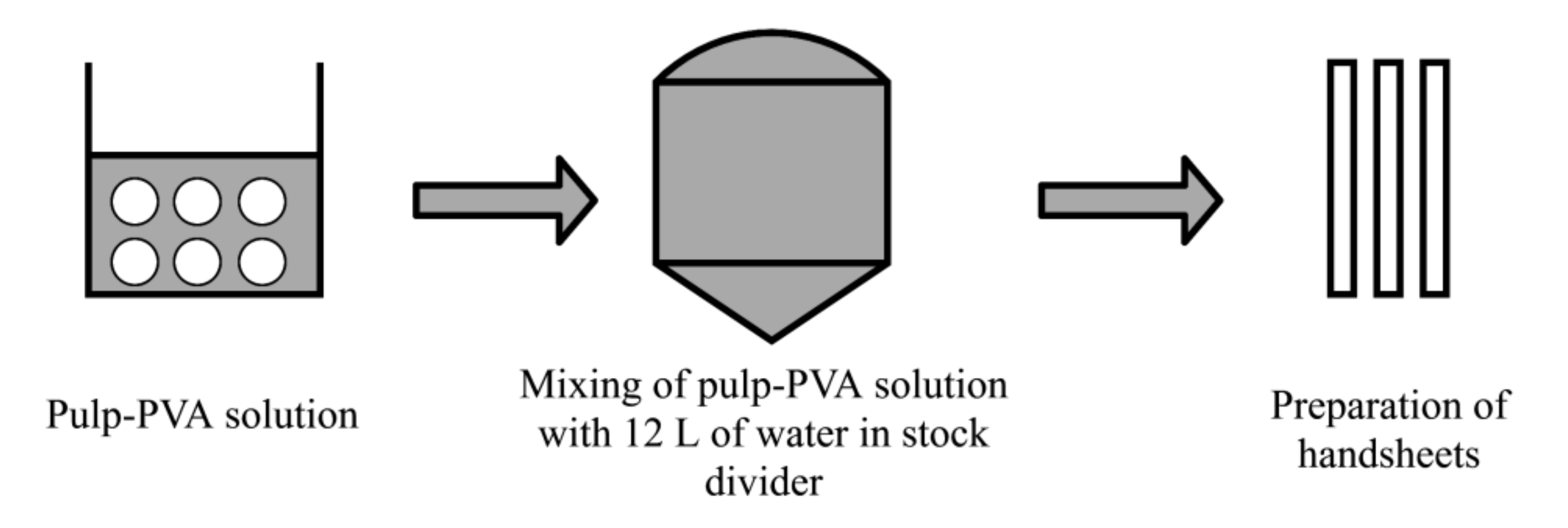
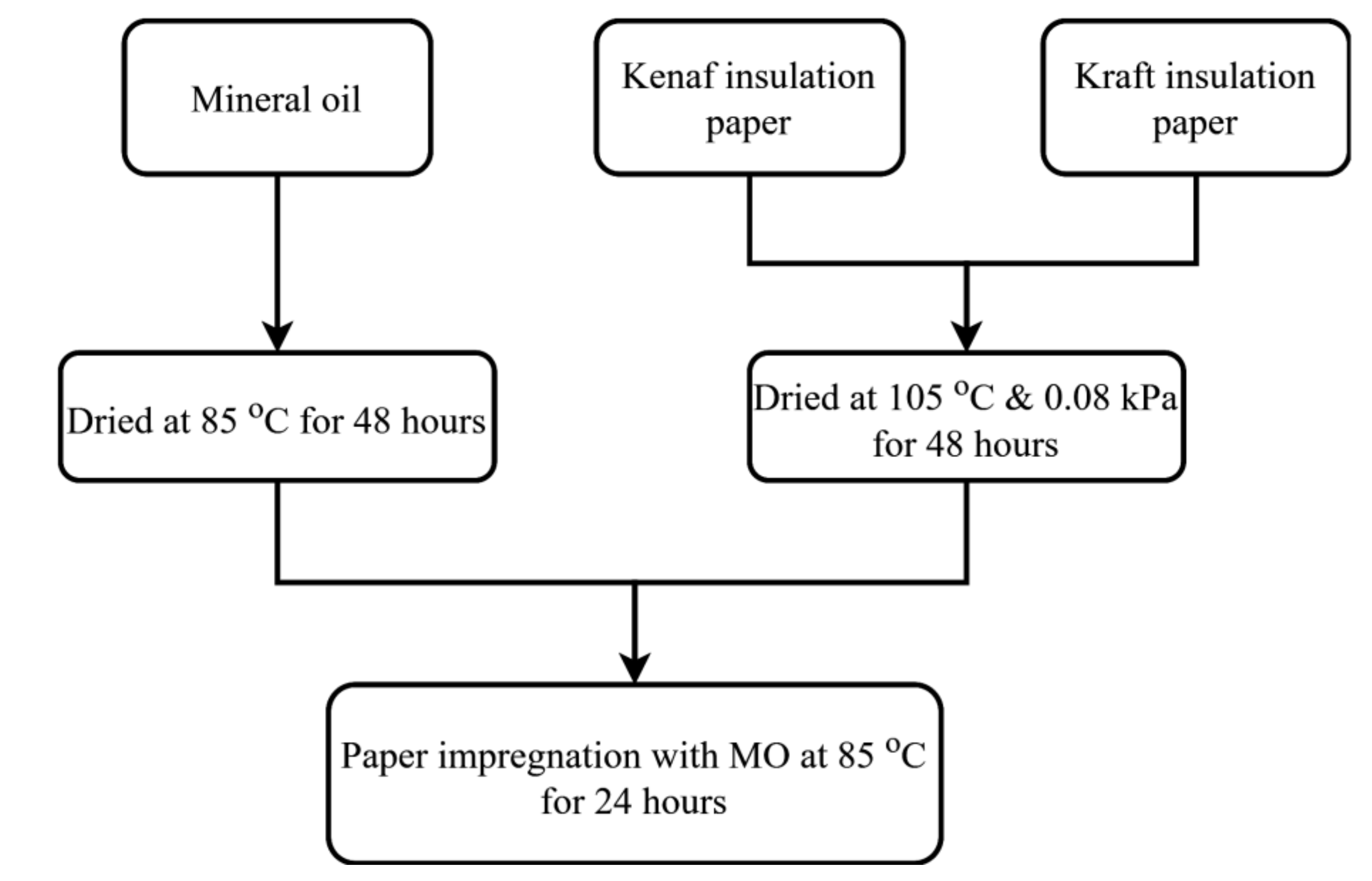

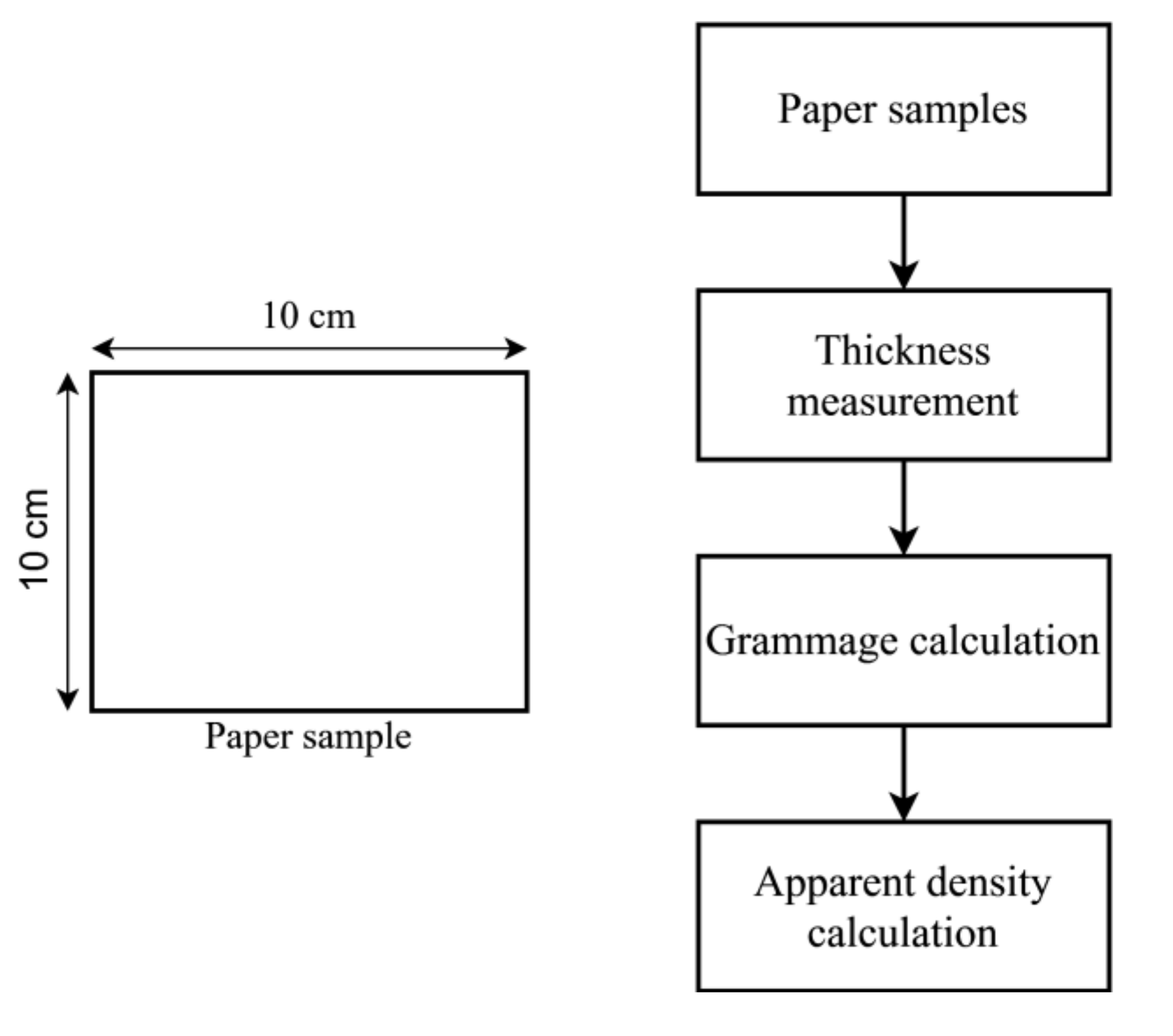

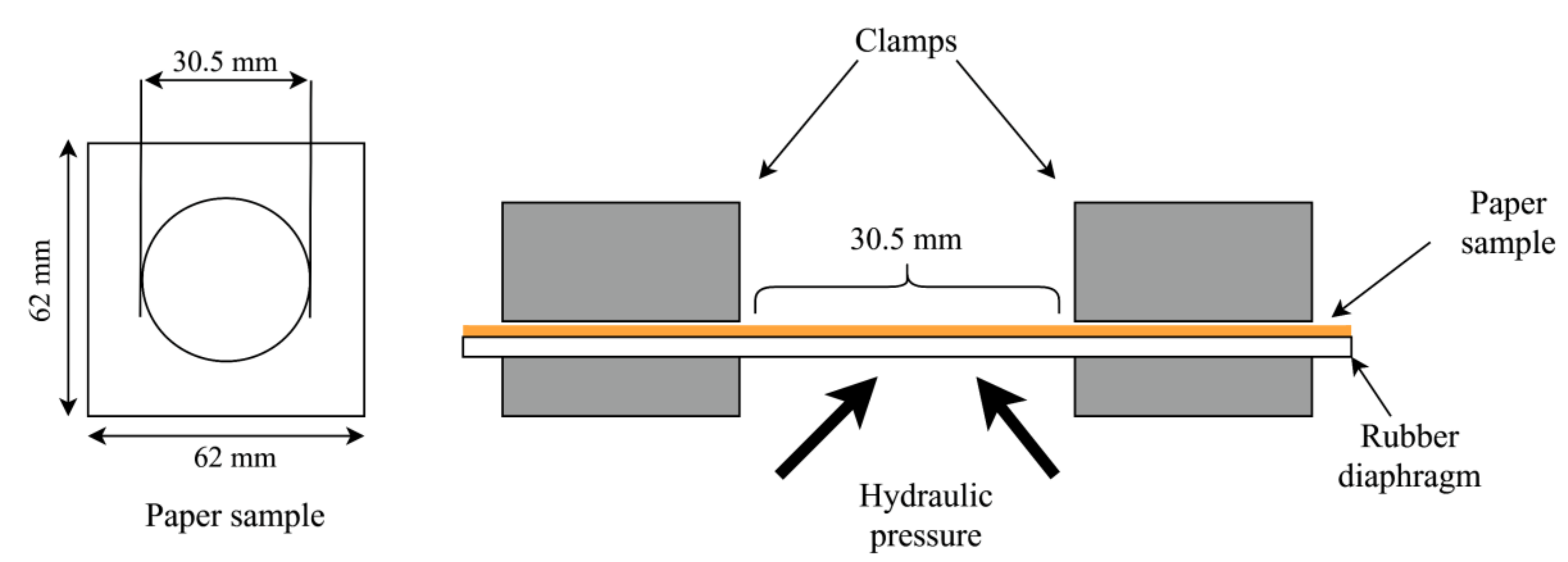

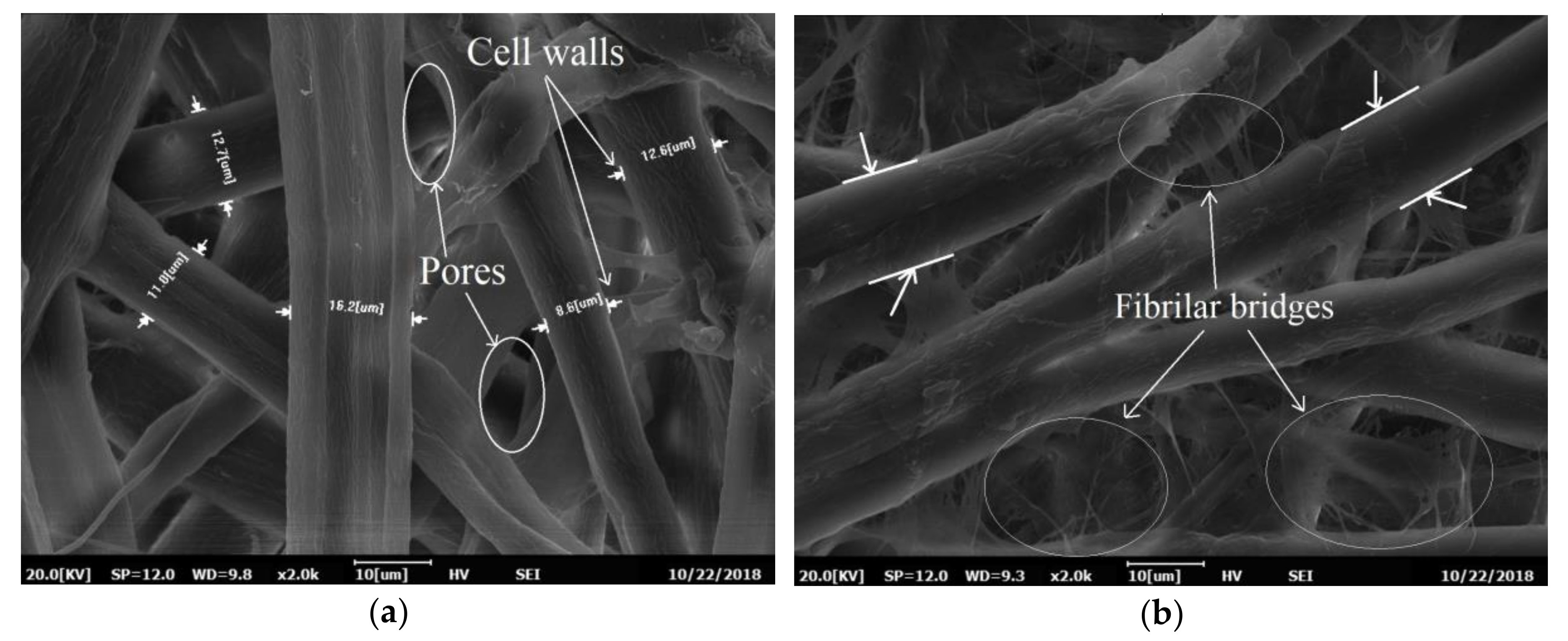
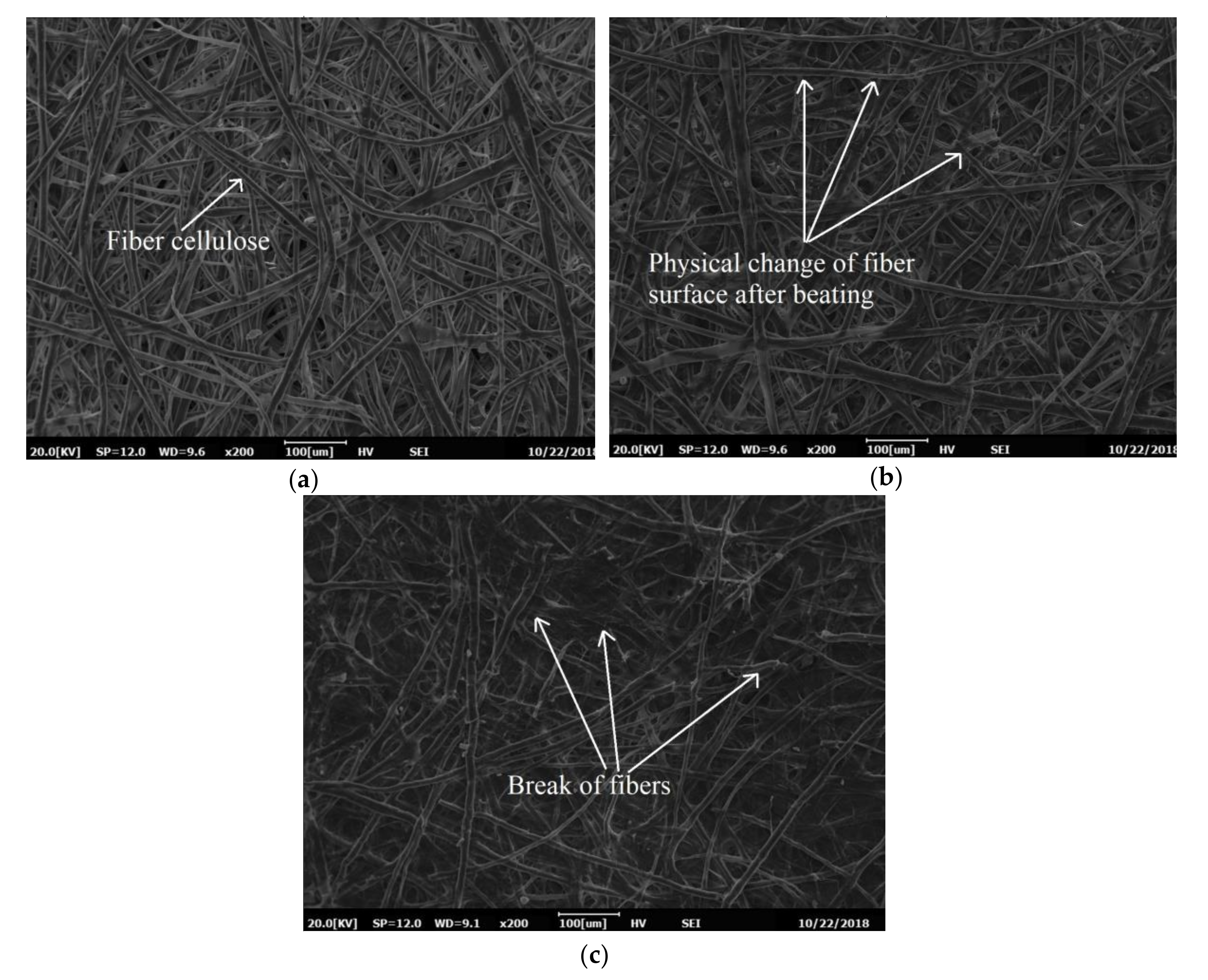
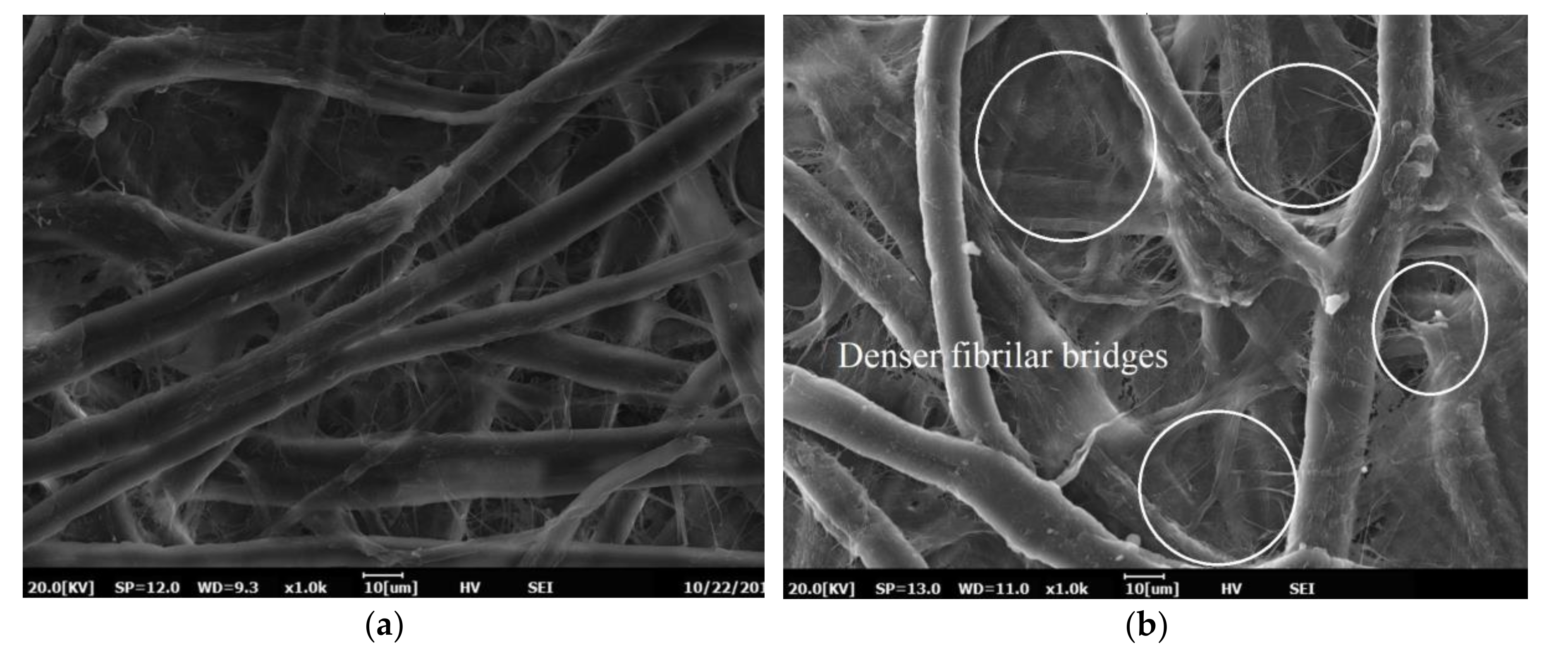

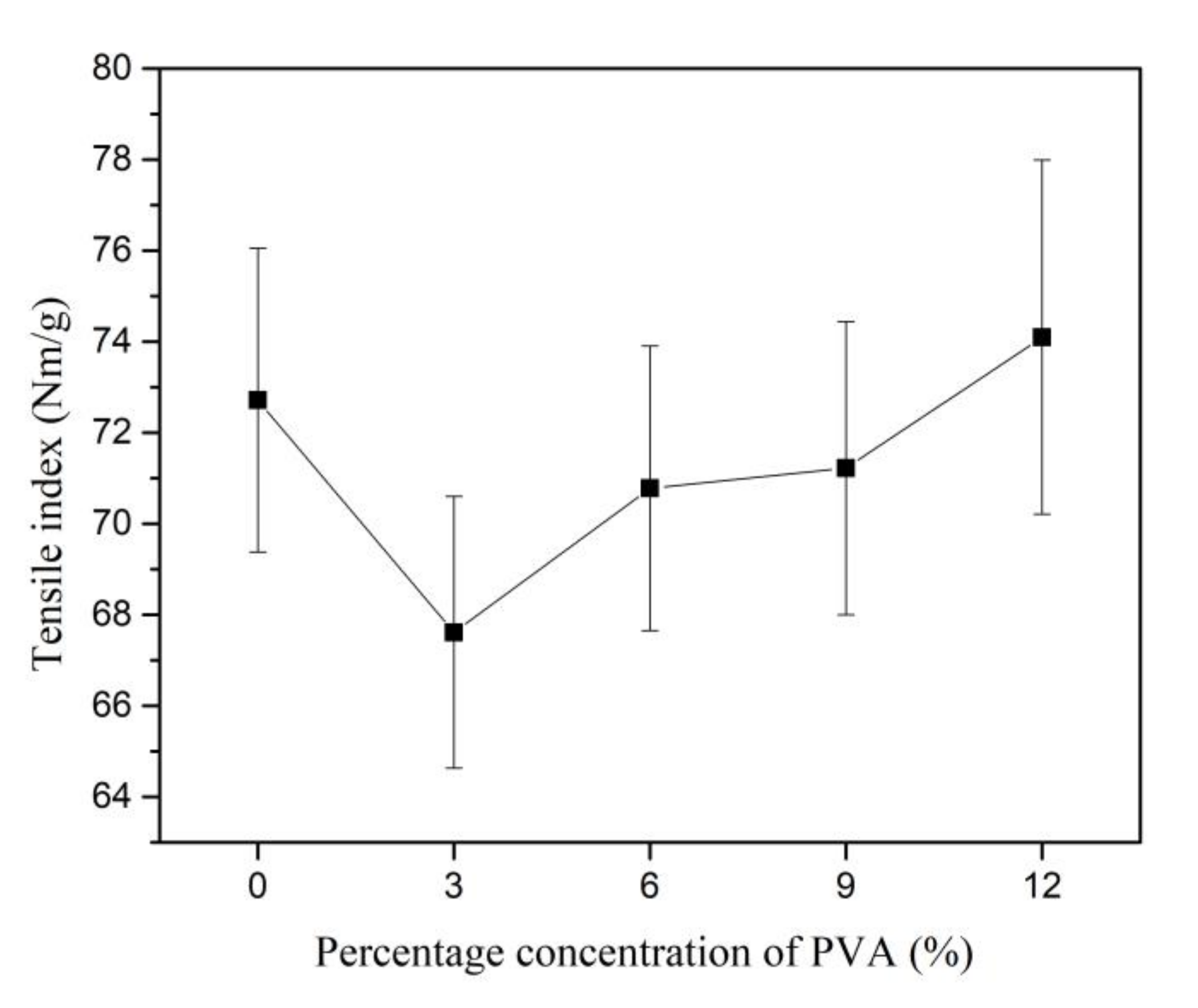
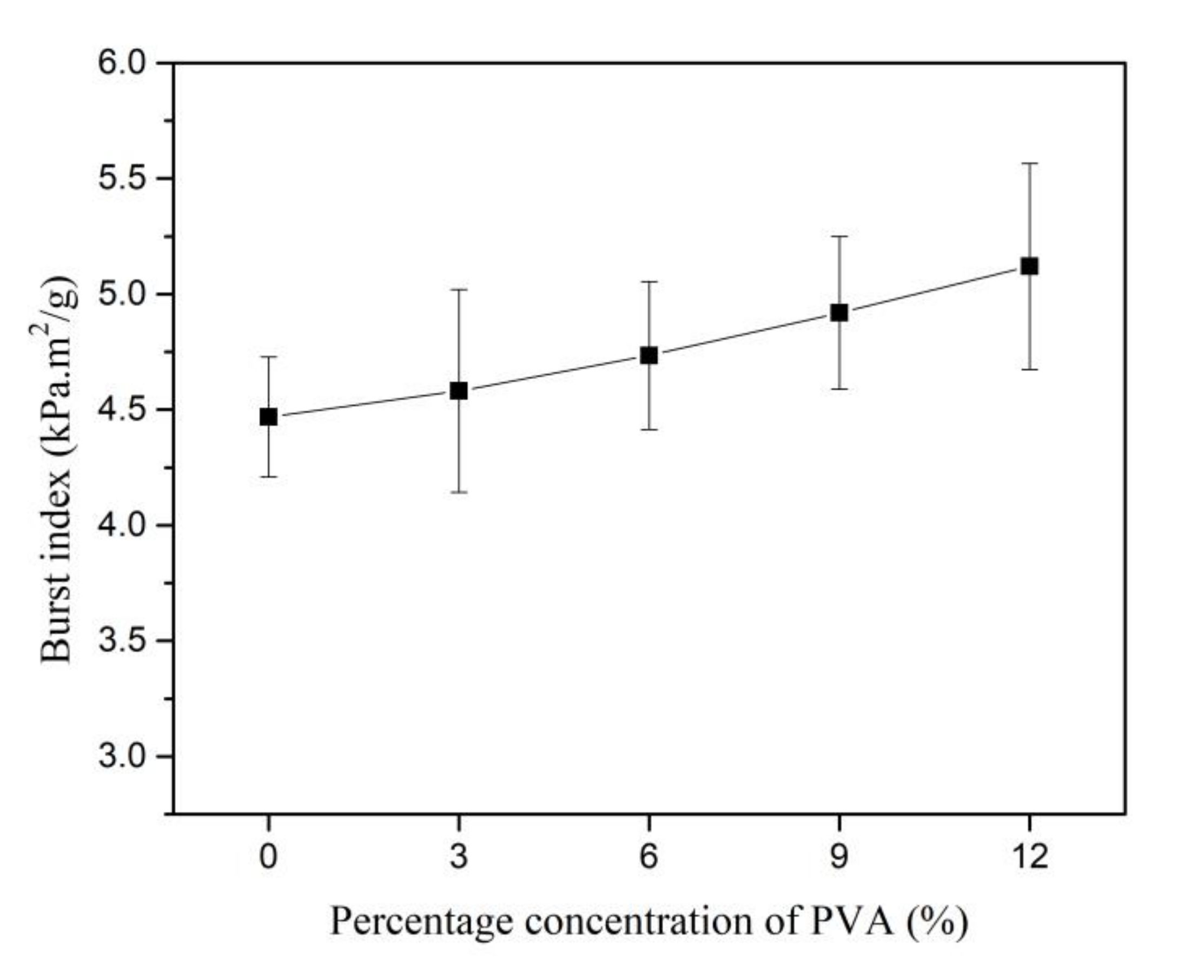
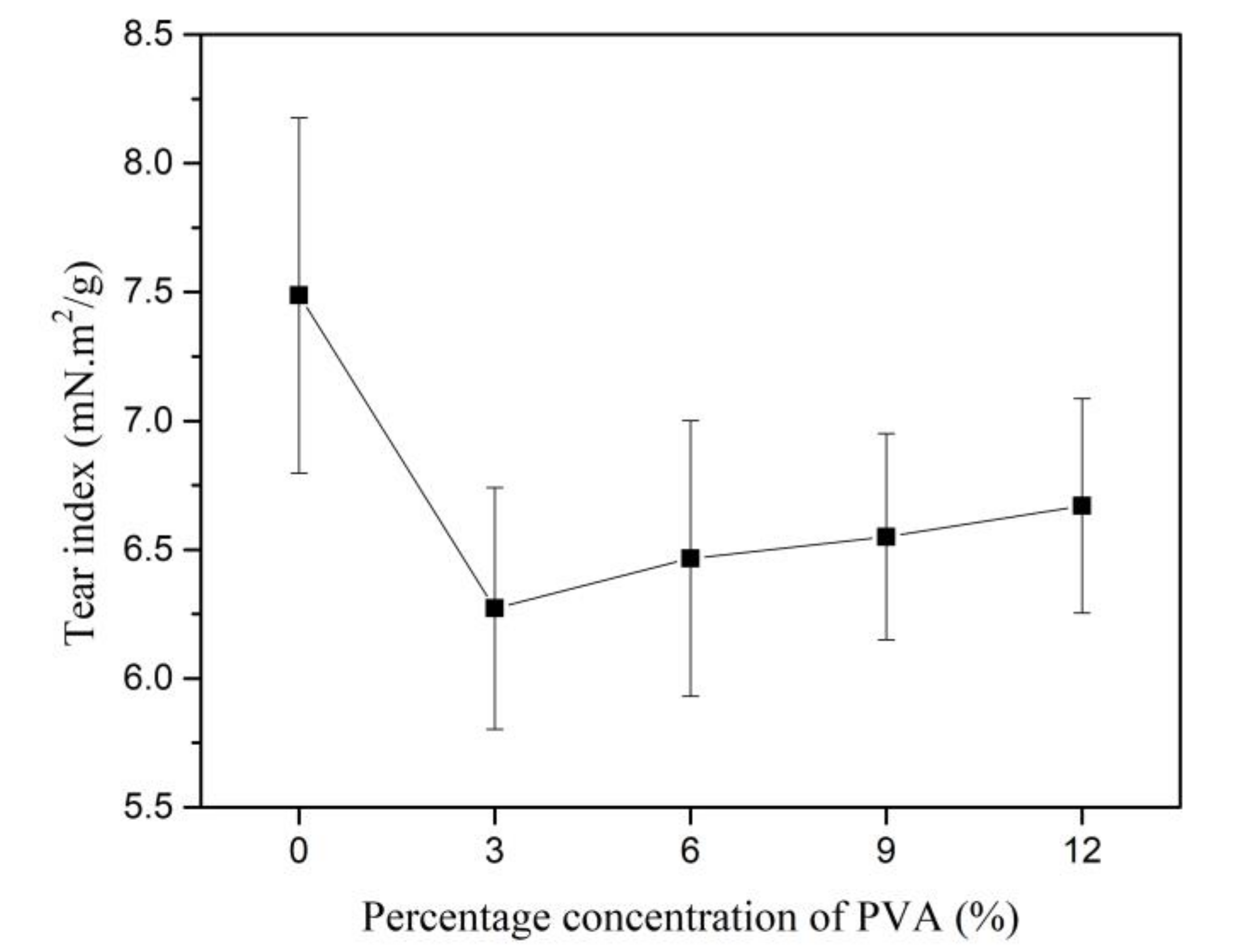



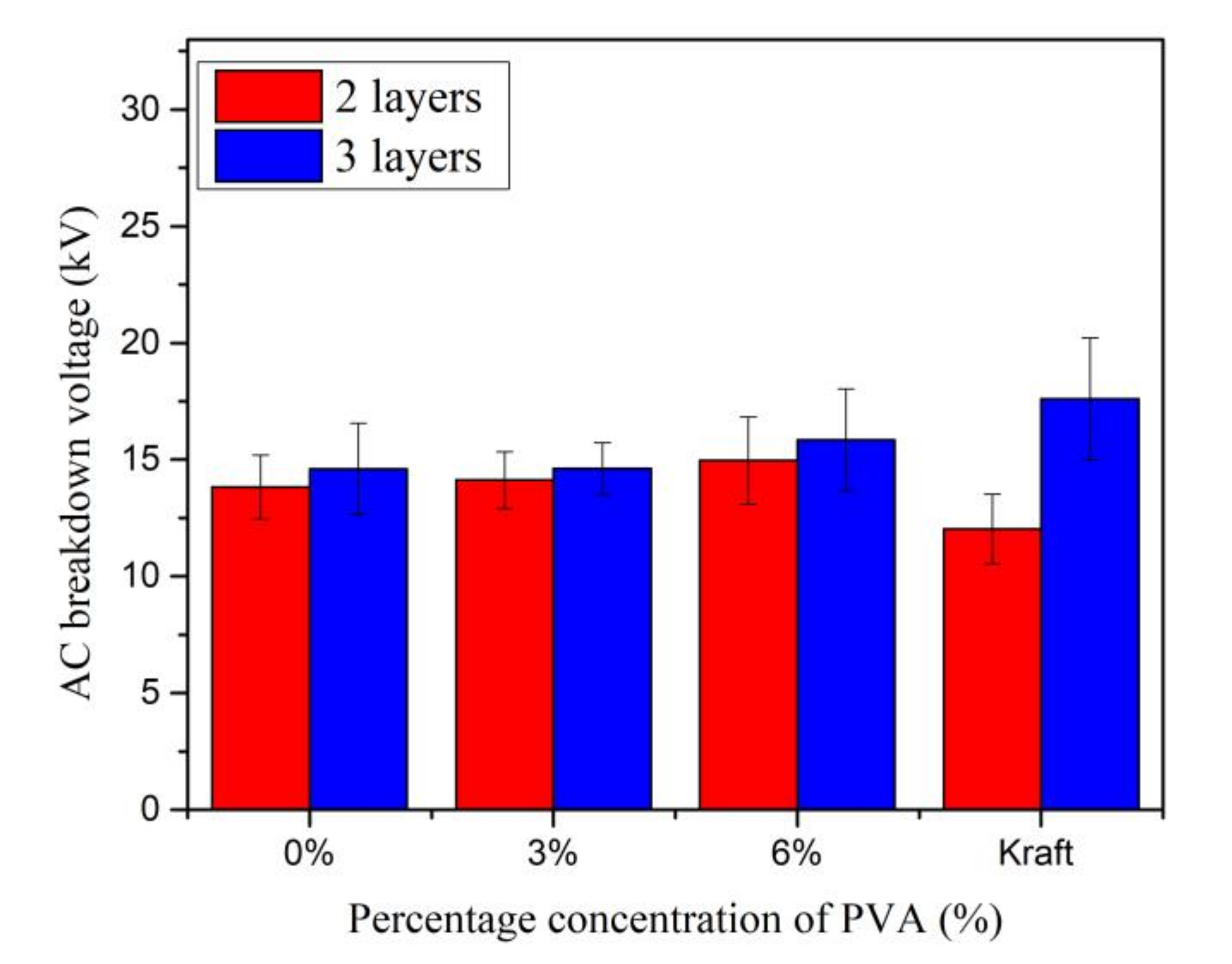


| Property | Value |
|---|---|
| Fiber length (mm) | 2.964 ± 0.482 |
| Fiber width (µm) | 12.24 ± 2.84 |
| Lumen width (µm) | 8.08 ± 2.12 |
| Cell wall thickness (µm) | 2.08 ± 0.7 |
| Property | Without PVA | With 12% of PVA |
|---|---|---|
| Apparent density (g/cm3) | 0.648 | 0.522 |
| Thickness (µm) | 92.99 | 99.59 |
| Tensile index (Nm/g) | 72.72 | 74.1 |
| Burst index (kPa.m2/g) | 4.47 | 5.12 |
| Tear index (mN.m2/g) | 7.49 | 6.67 |
Publisher’s Note: MDPI stays neutral with regard to jurisdictional claims in published maps and institutional affiliations. |
© 2020 by the authors. Licensee MDPI, Basel, Switzerland. This article is an open access article distributed under the terms and conditions of the Creative Commons Attribution (CC BY) license (http://creativecommons.org/licenses/by/4.0/).
Share and Cite
Umair, M.; Azis, N.; Halis, R.; Jasni, J. Investigation of Kenaf Paper in the Presence of PVA for Transformers Application. Materials 2020, 13, 5002. https://doi.org/10.3390/ma13215002
Umair M, Azis N, Halis R, Jasni J. Investigation of Kenaf Paper in the Presence of PVA for Transformers Application. Materials. 2020; 13(21):5002. https://doi.org/10.3390/ma13215002
Chicago/Turabian StyleUmair, Muhammad, Norhafiz Azis, Rasmina Halis, and Jasronita Jasni. 2020. "Investigation of Kenaf Paper in the Presence of PVA for Transformers Application" Materials 13, no. 21: 5002. https://doi.org/10.3390/ma13215002
APA StyleUmair, M., Azis, N., Halis, R., & Jasni, J. (2020). Investigation of Kenaf Paper in the Presence of PVA for Transformers Application. Materials, 13(21), 5002. https://doi.org/10.3390/ma13215002




